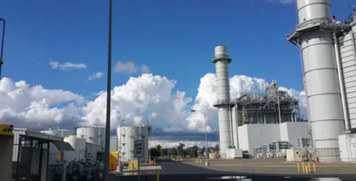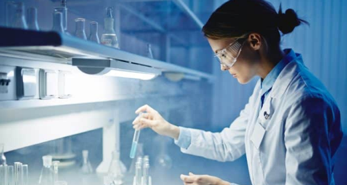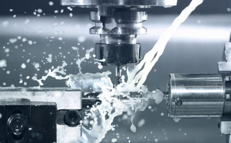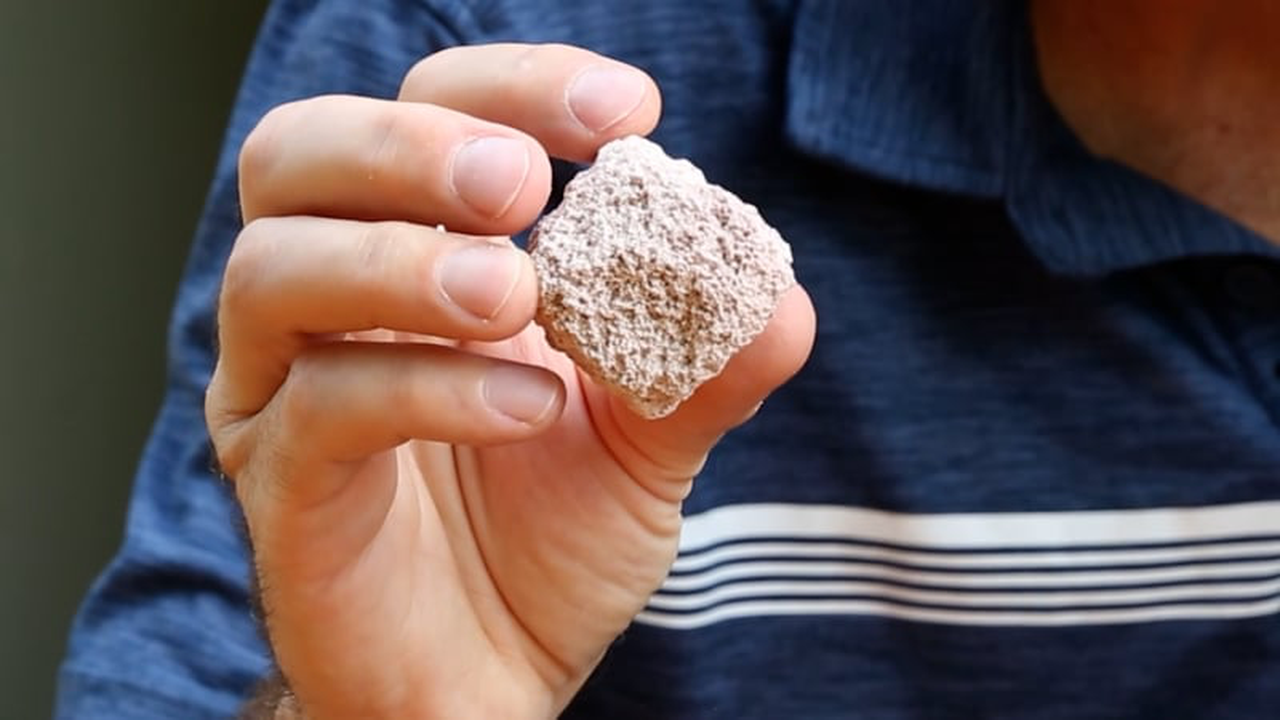OriginClear Tech’s Progressive Water Treatment and Modular Water Systems™ brands design, engineer, manufacture, and distribute industrial process water treatment solutions for commercial, industrial, and municipal end markets.
Industry Applications
Our systems are in use throughout USA industries from craft foods and beverage, pharmaceutical and medical, semi-conductor manufacturing, energy and power plants, a variety of petroleum refining processes, multiple industry boiler feed-water systems, mining operations in the US, Canada and South America and many more.
Contaminated water from a variety of industrial applications often requires the removal and filtration of suspended solids. Industrial water that is drawn from wells or municipal sources requires pretreatment and routinely, mid-process treatment to protect production equipment. If mineral and other contaminants are not treated systems can malfunction, shut down production, affect product quality and damage expensive machinery.
Suspended solids can be effectively removed by industrial activated carbon filters, multi-media filters, or filters containing special active ingredients. Progressive Water Treatment provides complete systems and sub-systems with these types of components and also services them and supplies industrial water filters, piping and valves, as well as controls for these applications.
Industrial wastewater management requires a careful evaluation. Bringing your wastewater to a municipal wastewater treatment plant or hauling it to a site that permits dumping can be very costly. Treating industrial wastewater on site is rapidly becoming the most sustainable option and the only path to achieving zero-liquid discharge.
Modular Water Systems specializes in the design and manufacturing of prefabricated plug ‘n play advanced wastewater treatment systems and is the superior solution for such on-site wastewater management situations.
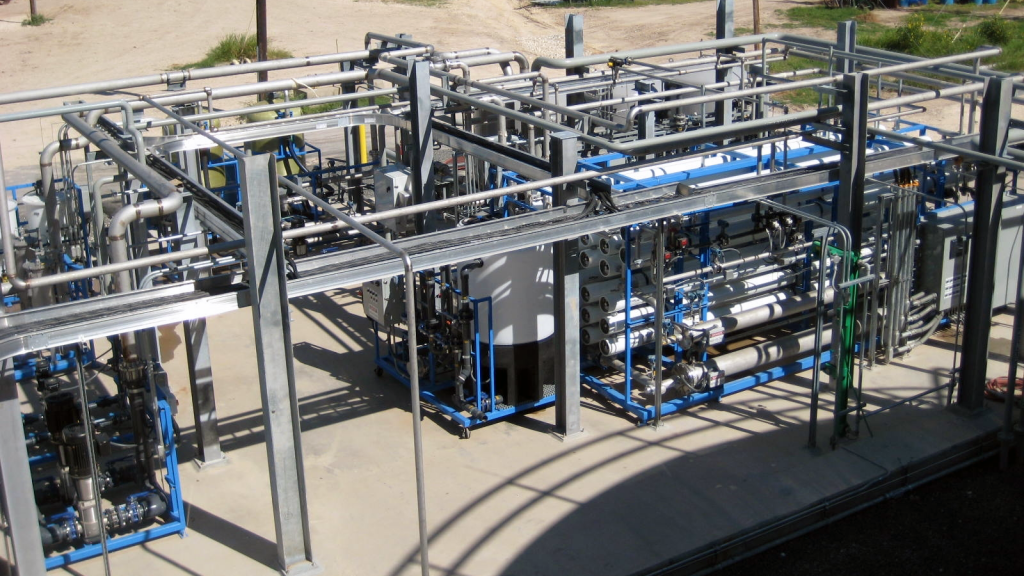
Industrial Process Water Treatment
Industrial Process Water is water used to optimize most water-based industrial processes including rinsing and spraying; washing; coating and plating; boilers and cooling tower water; and many others uses. The ultimate goal is to reduce operating costs and risks. Poor water treatment can cause serious damage to the process and the final results.
Pretreatment
Municipal water may contain minerals which could cause a multitude of problems affecting product quality and manufacturing costs if the water is not treated.
In-Process Use
Water based industrial processes can be optimized with water recovery programs that recycle and reuse water mid process. The water must be treated to be reused for these processes and is done to increase process quality and efficiency, protect valuable equipment and machinery, reduce operational costs and ultimately safeguard personnel and the environment.
Post Process Water
After use industrial water must be treated before it is reintroduced into the environment. In many cases, this “post-process water” can be repurposed for irrigation, cleaning machinery or alternate uses such as steam towers. This not only protects the environment and your company’s reputation but in many cases can improve profitability through a secondary revenue stream.
Water is a critical component of nearly all industrial processes, from oil and gas exploration and refining, to power generation and chemical processing. For many organizations across these industries, water and wastewater management directly impacts both production uptime and profitability.
Progressive Water’s advanced purification systems and Modular Water Systems water conveyance and advanced wastewater treatment systems are industry leaders in handling most aspects of industrial process water treatment.
Primary Markets
Manufacturing
Many manufacturing processes are fueled by water. Although baths, rinses, and cooling are the most common applications, clean water is critical throughout the process. Regardless of the stage, there are significant water demands and resulting effluents. For instance, effective pre-treatment of process water boosts product quality, while pre-treatment of boiler feed water can reduce overall fuel consumption. In addition, wastewater treatment, reuse, and recycling are critical to controlling costs and meeting environmental regulations.
As examples, water plays a critical role in every step of the pharmaceutical manufacturing life cycle. Pulp and paper is one of the world’s most water dependent industries, with water involved at nearly every step of the process. Large quantities of wastewater are produced creating ongoing treatment and discharge challenges. And like the pharmaceutical and paper industries, the textile industry also requires the consumption and discharge of a great deal of water.
Effectively treating outflow and identifying opportunities for water recycling and reuse are critical to ensuring a competitive edge in tightly contested global markets as well as complying with environmental regulations.
OriginClear Tech is committed to providing chemical-free process water treatment technologies to address a broad range of industry specific water challenges, from water disinfection to oxidation of contaminants. Regardless of scope or application, Progressive Water Treatment and Modular Water Systems solutions are not only helping manufacturers and local municipalities deal with their industrial process water treatment challenges and obligations but also to achieve both financial and environmental objectives.
Oil & Gas
Rising operational costs, fluctuating oil prices, and the need to maintain production levels to ensure cost efficiency are ongoing challenges faced by the oil and gas industry. At the same time, safety is paramount, protecting both plant personnel and the environment.
Water treatment is an essential element of oil and gas production for optimizing process improvement and maintaining safety. Our midstream and downstream solutions can be rapidly deployed to manage volatiles on-site, or permanently installed to minimize risk and meet regulatory requirements.
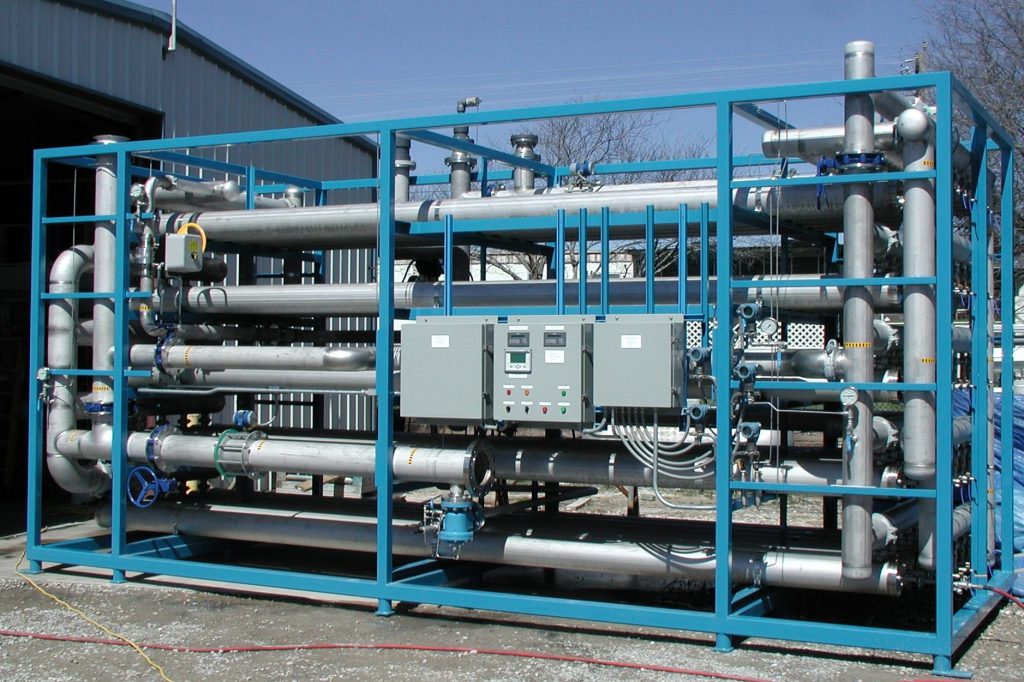
Mining
Today’s mining operations are increasingly complex and water intensive. In order to maintain profitability and ensure environmental compliance, continuous access to high quality water and the most reliable process for treating wastewater are necessary.
Our water and wastewater solutions are designed to help mining companies recover and recycle the maximum amount of water possible, substantially reducing overall costs while achieving regulatory compliance. Our mining industry experts provide everything from water supply and process water solutions to effluent treatment, reuse and dewatering of tailings and concentrates, optimizing each step of the process to enhance your overall yield and efficiency.
Industrial Wastewater Treatment
OriginClear Tech provides service and support across the entire wastewater lifecycle, including primary, secondary, and tertiary treatment options. Our proven solutions are engineered to optimize your operations. Our service offerings include treatment systems and solutions for clarification, filtration, ion exchange, softening, ultrafiltration, reverse osmosis, evaporation/crystallization, electro-deionization, zero liquid discharge (ZLD) and more.
Industrial Water Cycle Management
We offer innovative and competitive solutions that enable industrial enterprises to sustainably and cost-effectively manage the entire water cycle – from abstraction and treatment, to recycling, reuse and/or discharge.

